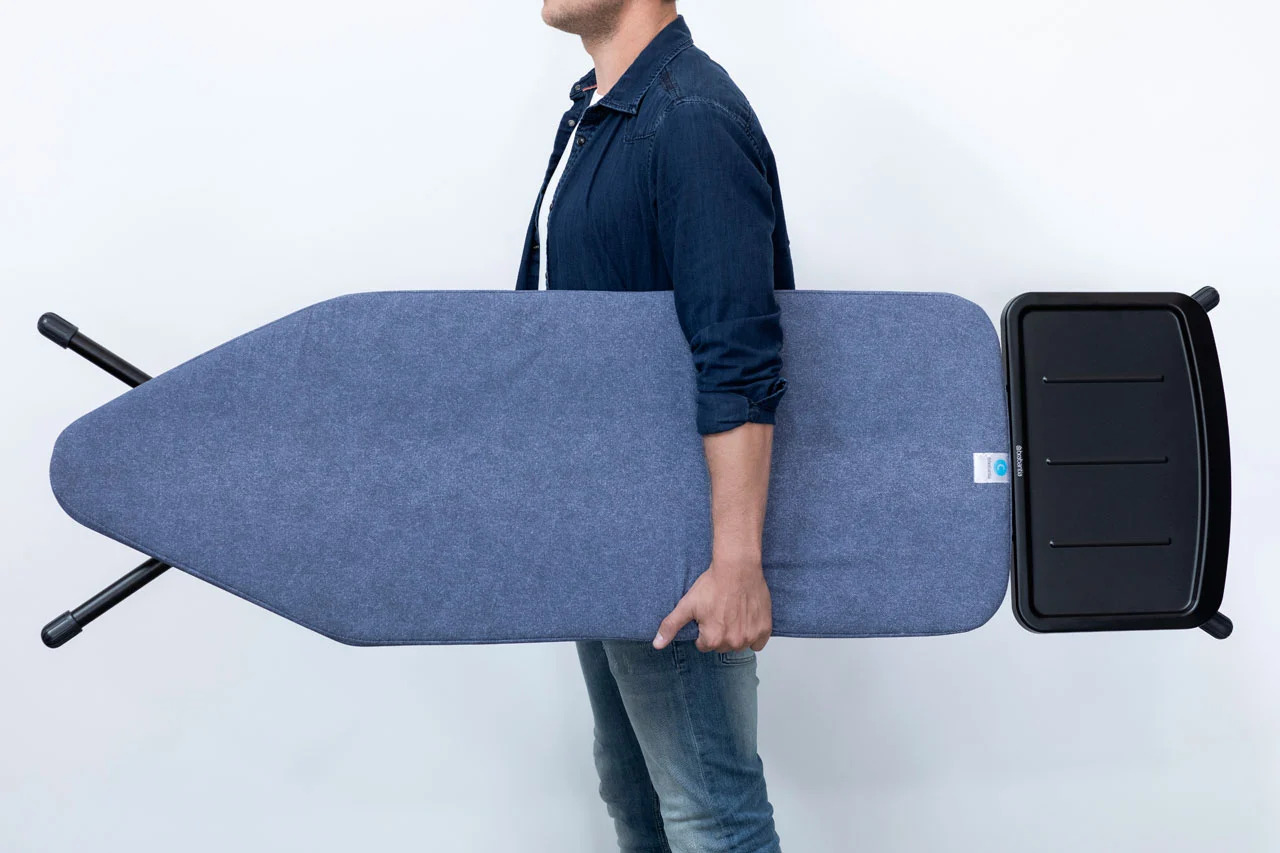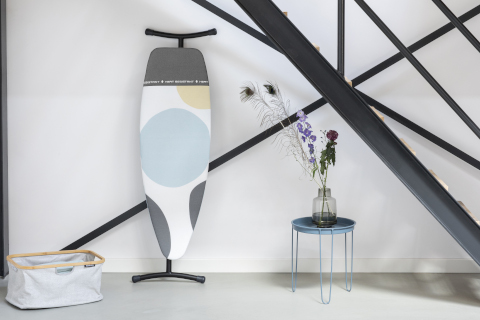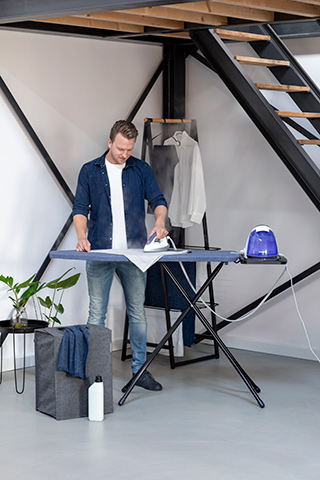
Washed clothes that you don't have to iron: it exists. Just shake it and hang it out, and it's done. It sounds like a solution for less ironing; Select the clothing you buy based on the kind of textile. "But, ... ," we can hear the fashionistas thinking. That means those nice silk blouses and hip shirts are a no-no. So too, those linen trousers and dresses in bohemian style. So, will you now change your entire wardrobe – or that of your children – just because of the ironing board and iron? Just because you don't like ironing that much? That's rather severe. It is not a solution for less ironing, but adapting around the problem. Would you like to end up with less ironing and more time, without sacrificing your wardrobe? Then read our 5 tips with real solutions.
1. DOUBLE FABRICS (COLLARS, CUFFS, HEMS)
Iron the fabric on the inside first. Add extra steam to the textile to get the fabric smooth enough.
2. IRON PLEATS RAPIDLY.
Easy: use a paper clip to hold the crease. Start ironing the pleat at the bottom. Then iron the crease from the inside out.


3. IRON THE SLEEVES LESS
Iron-board without a 'sleeve board'? Roll up a towel and insert into the sleeve. Voilá!
4. CHILDREN'S CLOTHING: DON'T IRON IT
Place children's clothing briefly in the dryer after washing. Remove it when the clothing is nice and hot (estimate how many minutes). Shake the children's clothing out well.
5. DUVET COVERS: CUPBOARD DRY = LESS IRONING
The quickest way to get your fitted sheets and duvet covers wrinkle-free, is hanging them out when they are still slightly damp, for example, over a staircase balustrade. This can be done by drying them in the dryer after washing, on cupboard dry.
Now that's our ironing tips, specially adapted to the textile type or the garment itself. – So easy to have less ironing, then you will know exactly how you can wash... er, iron that little piggy as soon as possible.
